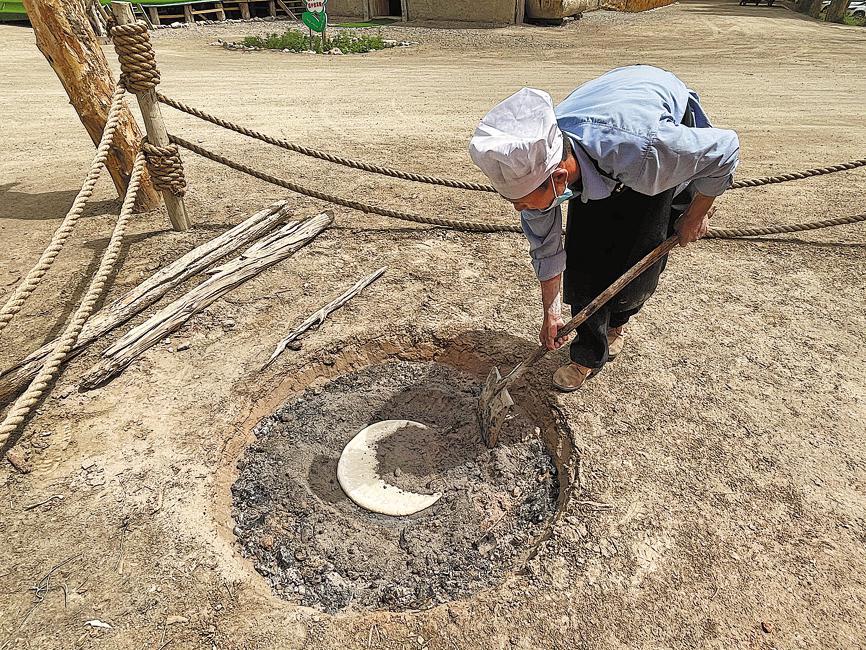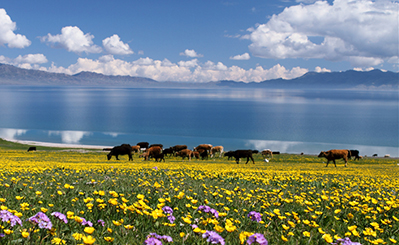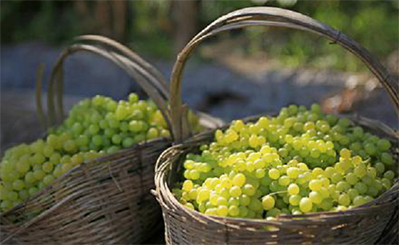A village where beauty is natural

Lohman Mamatniyaz cooking nang bread in Aopukan village, Xinjiang Uygur autonomous region. [Photo by Xing Wen/China Daily]
Every time Lohman Mamatniyaz prepares to work on the farm, he brings a shovel. Well, perhaps there's no surprise there, but it's what the shovel is used for that may raise a few eyebrows. As well as slicing through sod, it is also used for cooking.
The 50-year-old farmer rolls dough into a large circle and puts it in a hole he has dug. Then, he uses the shovel to cover it up with piping-hot charcoal and wood ash obtained from burning poplar branches.
After waiting for 20 minutes or so, he shovels it out. The buried dough has transformed into a nang, the staple wheat bread of the Xinjiang Uygur autonomous region.
After he brushes the dust off the nang with a clean towel, he can have his lunch.
"The nang cooked this way is very crispy, with a pleasant fragrance of poplar wood," he says.
It keeps the hunger at bay as the men work from dawn to dusk.
He lives in a village called Aopukan deep in the poplar forest that lies some 70 kilometers to the southeast of the downtown area of Shaya county in Xinjiang's Aksu prefecture.
It's a tradition observed by many residents in Aopukan village to use the ground as an "oven", when they farm or tend animals. And it has also become the key that has helped the village unlock the door to fame.
In 2016, Wang Jianbo, a photographer based in Shaya county, visited the village during a long-distance hike.
"I'm attracted by the wildness of the local scenery and the hospitality of its villagers," Wang says.
 Attractions
Attractions Dining
Dining Culture
Culture